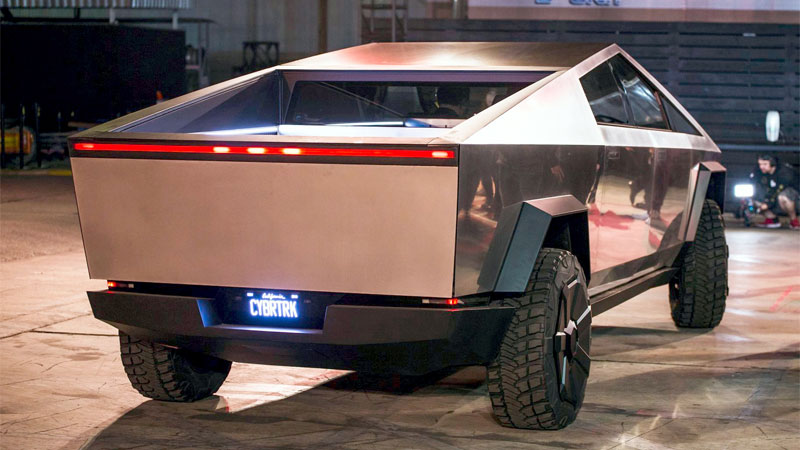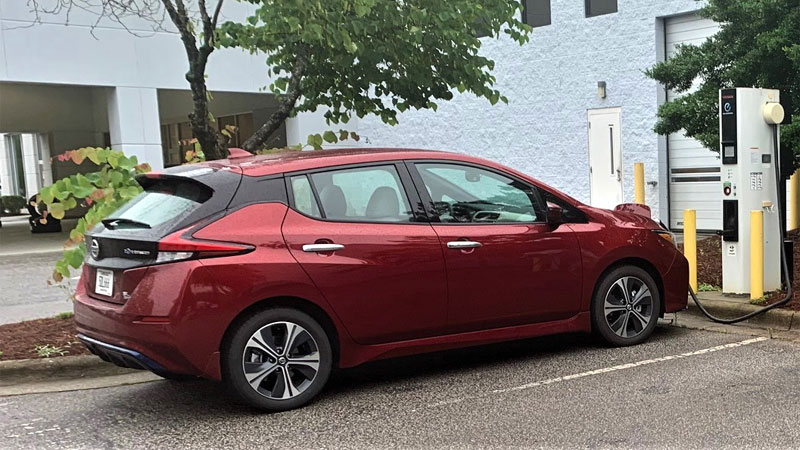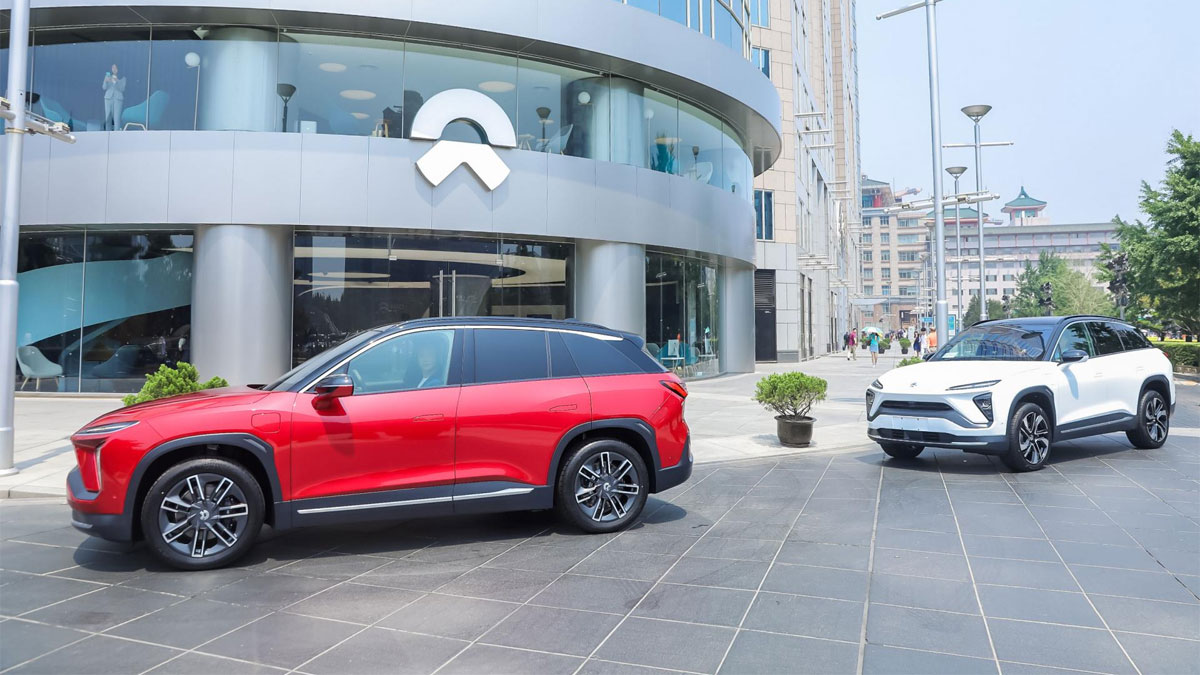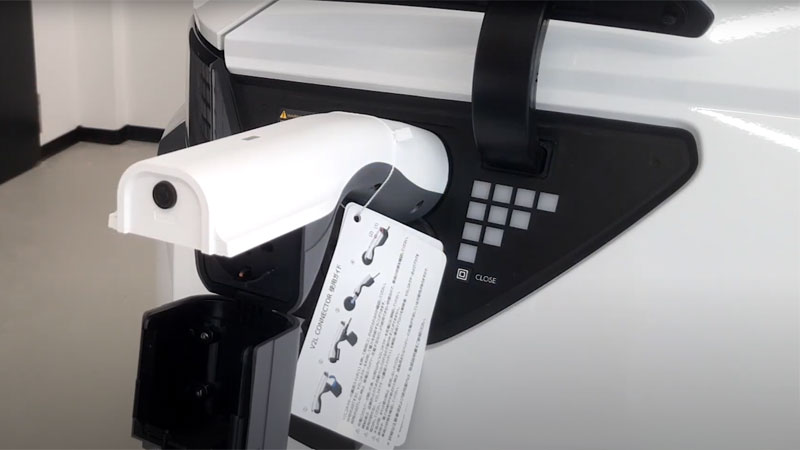Curiously Absent: Tesla Cybertruck
The Tesla Cybertruck remains but a dream for this EV maker. Elon Musk is well known for his grand pronouncements, but at least his usual hoopla eventually becomes true. We waited ages for the first Telsa SUV and eventually got two models. A pair of sedans complete the product line. … Read more




